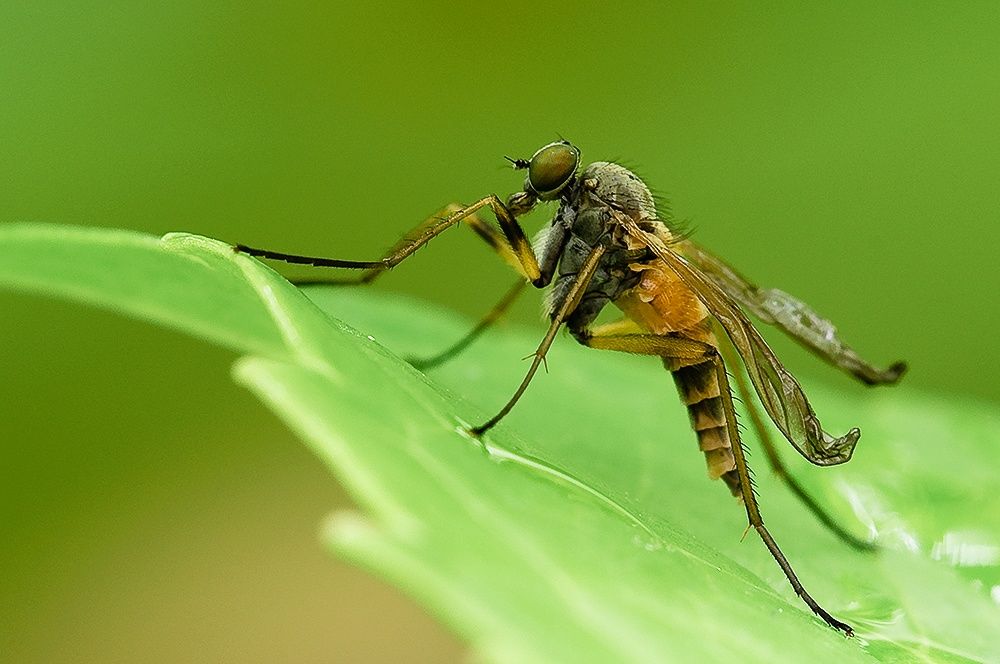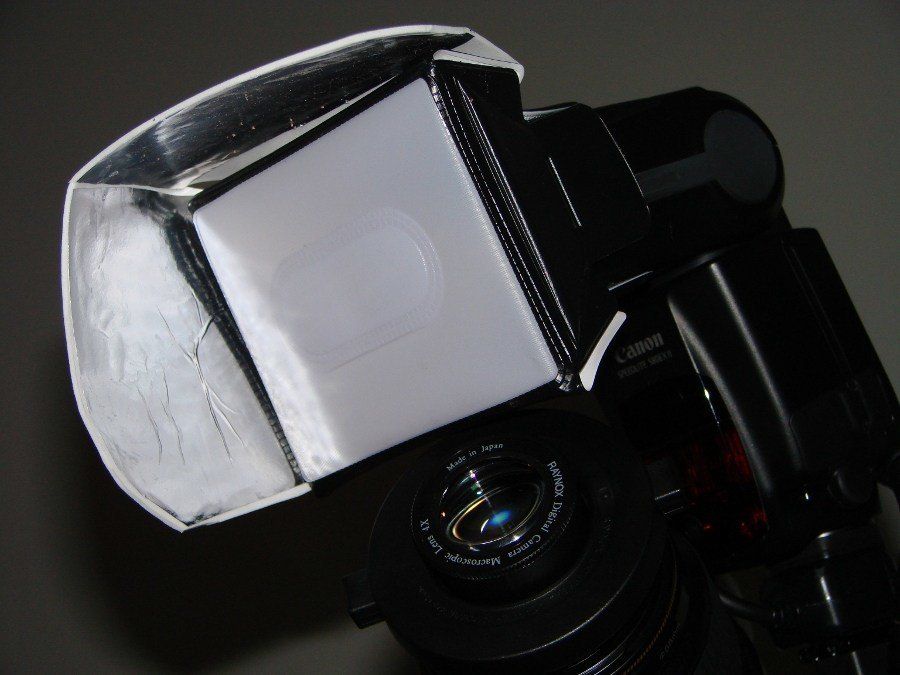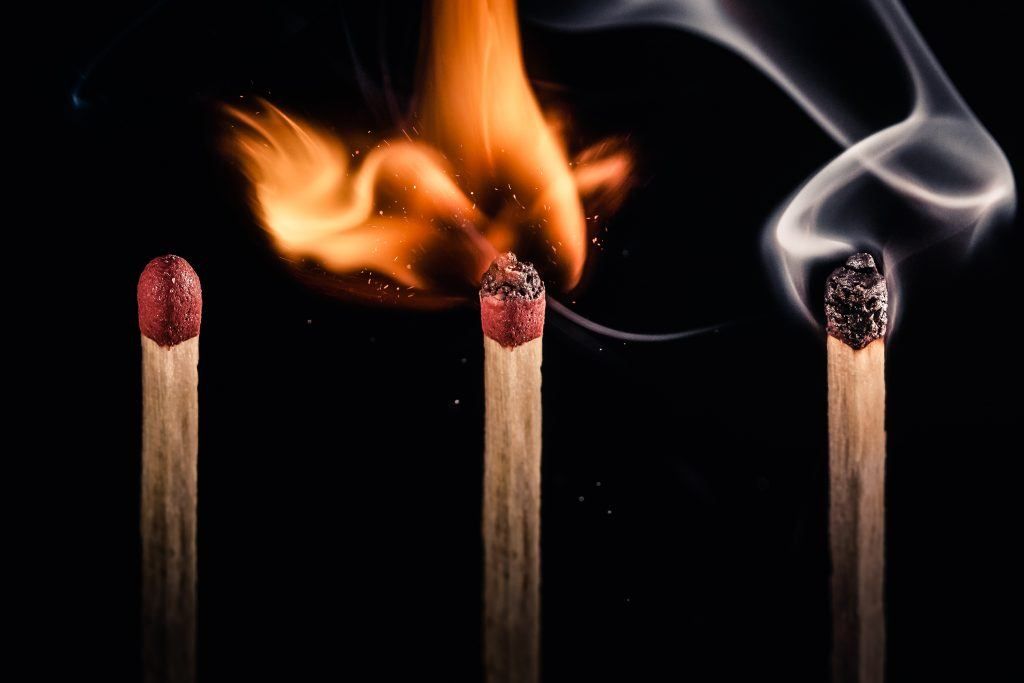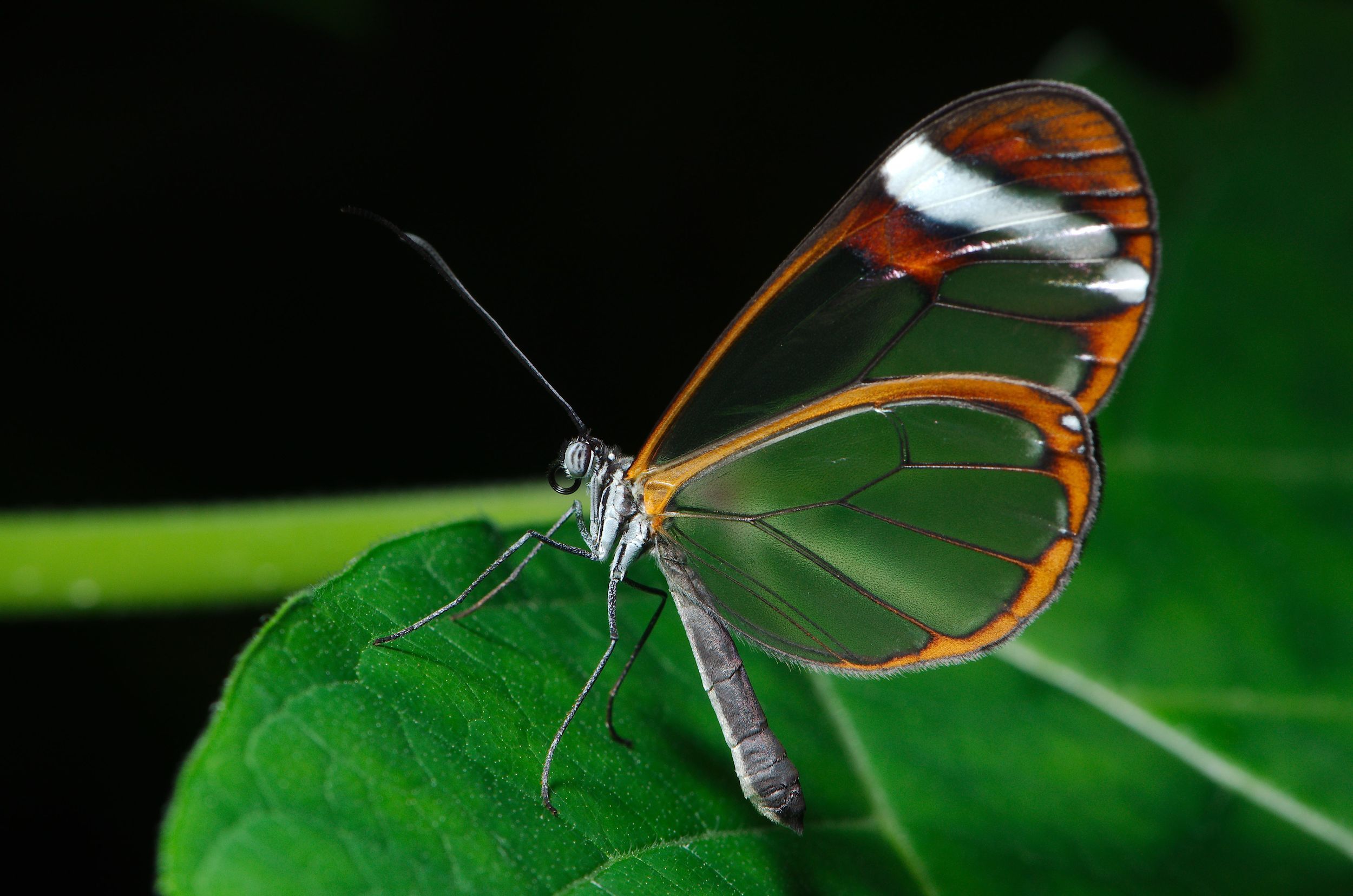Macro photography isn’t something you can do by shooting from the hip like street photographers might do. There’s no doubt that you can take a relaxed approach to macro photography — plenty of macro shooters just grab their camera/macro lens combo and go out hunting for insects of whatever subjects might tickle their fancy. But there are times when macro photography benefits from a more elaborate approach.
In fact, to get the absolute best results and maximize the “wow factor” in your close-up/macro work, you might want to adopt the mindset of a portrait photographer doing a studio session. This setup may or may not include a tripod, but what it will definitely include is flash lighting.

Why Use Flash for Macro Photography?
Many macro photographers don’t want to deal with carrying around any sort of lighting setup — let alone a tripod — when they’re out in the field. It is by all means a valid concern, as mobility is typically of great interest to nature photographers.
There are, however, a number of significant advantages to adding a lighting rig of some kind to a macro kit and there are macro photographers who are willing to take on the extra gear in order to realize these advantages.

As we’ve talked about in previous discussions on macro photography, one of the main issues with this genre of photography is the problem of light fall off. There is an unmistakable correlation between magnification and lighting — specifically, light decreases as magnification increases. This is what makes shooting in natural settings with natural light difficult at times; if the sun isn’t cooperating with you, there’s nothing you can do about it.
"There is an unmistakable correlation between magnification and lighting — specifically, light decreases as magnification increases."
Using a flash provides an effective means of getting enough light to use smaller apertures; smaller apertures, in turn, mean more depth of field. This all results in more of the subject being in focus.

Lighting Options Abound, But Not All Are Equal
There are a number of options for lighting macro work, but not all these options are created equal — though, with some skill and creativity you can make any of them work in your favor. Even built-in flash and shoe mounted flash, if properly manipulated, can be satisfactory in a pinch.
The problem with these options, however, is that they place the lens between the light source and the subject, often casting a shadow on the subject. A ring flash, ostensibly made especially for macro photography, seeks to solve the problem of axial shadows, but can sometimes cast harsh or flat lighting, which isn’t the kind of lighting that is most complimentary to large depth of field. So, it would seem, your best bet is to set up an external flash unit.
Positioning the Flash
As I alluded to above, you should begin to think of your macro subjects as portrait subjects. Even if you haven’t done much portraiture, you may be familiar with the various types of lighting styles associated with portrait photography (Rembrandt, butterfly, loop, etc.), each of which is achieved by positioning one or more flashes or strobes in a particular location in relation to the subject. When working with tiny subjects in macro photography you won’t need to be as sophisticated as you would with human subjects; most of the time, all you will need is one light.
Remember that keeping the flash away from the top of the camera is vital. To remain as mobile as possible when you’re in the field, a flash bracket will be a macro photographer’s best friend. A flash bracket attaches to your camera via the tripod mount; you then connect your flash to the hot shoe via a sync cable and mount the flash to the bracket arm. Any good flash bracket will give you a great deal of freedom for optimal positioning. Ideally, you want to get your flash at a 45-degree angle to the subject. This, of course, isn’t set in stone; use this as a starting point for positioning your flash and make adjustments as you progress through your workflow. Just avoid lighting the subject head-on.
This is all a bit easier if you’re using a tripod. Since your camera will be resting safely on the tripod, you could handhold the flash if you wanted, thus giving you the ultimate in positioning freedom.

Modifying the Flash
Again, many of the principles of portraiture apply here; bare flash, even when thoughtfully positioned, presents the risk of creating undesirably harsh light, especially when that light is so close to the subject as is the case in macro photography. Soft light has always been considered to be most flattering for portrait subjects and the same holds true for macro subjects.
If you are using a flash bracket, the most practical solution to softening the light emitted by your flash is to use a diffuser cap. There are also small soft boxes designed to attach to the flash head, but they are going to be bigger than a simple diffuser.
Working with a tripod opens things up further, as you can use any of the lighting modifiers that you would use for a portrait shoot, such as a full size soft box or an umbrella. If any of this seems like overkill (and it may be in some situations), you should know that these steps serve to maximize color, depth of field, and clarity. Once you’ve seen the results, I trust you will agree that the effort is worth it.

Flash and Camera Settings
Using flash for macro photography means you will be capturing little to no ambient light. This also means you can keep the ISO level as low as possible (typically ISO 100). The power of the flash will allow you to use a small aperture for deep depth of field; exactly what f-stop you use will depend, in part, on your lens. If you are using a dedicated macro lens, it may have a minimum aperture of f/32.
On some lenses, using the smallest available aperture won’t give the best image quality due to a distortion effect known as diffraction; if you see decreased image quality at such a high f-stop, work your way down until you get a clean, sharp image. You shouldn’t have any trouble using an aperture of f/16 or f/22 on a macro lens. You will want to know your camera’s flash sync speed. If your camera has a flash sync speed of 1/250th of a second, then set your shutter speed to 1/250th or slower.
Again, these settings are just a jumping off point. Your particular circumstances may require you to deviate from this. Don’t be afraid to experiment.

Flash Mixed with Daylight
There are a few examples of why you might want to mix flash and natural light — you might want to include a blue sky or a sunlit backdrop. Using the sun as your sole light source for this purpose is going to cause harsh shadows and highlights. To achieve the desired look, you will need to expose for the background (ambient light) and then set the flash to illuminate the subject. You do not need to use full power flash in this case; if you’re using manual flash, start at 1/2 or 1/4 power. If you’re using automatic flash (such as ETTL) dial in flash exposure compensation of -0.5 to -2.0.
Something to keep in mind when mixing flash and natural light when shooting at high magnification is that the flash isn’t going to freeze motion as it will when shooting at full power.

As with anything else in photography, this all takes a lot of time and practice. The concepts outlined above are by no means the only way to achieve excellent macro images; there are accomplished macro photographers out there who work exclusively with natural light.
This simply represents an alternative method of producing shots that live up to your creative vision. Using a flash with your macro lens may sometimes be a necessity. Even if you prefer not to use flash, it’s better to know how to use it effectively should you need to than to need flash and not know how to use it.
"Using a flash with your macro lens may sometimes be a necessity."

















